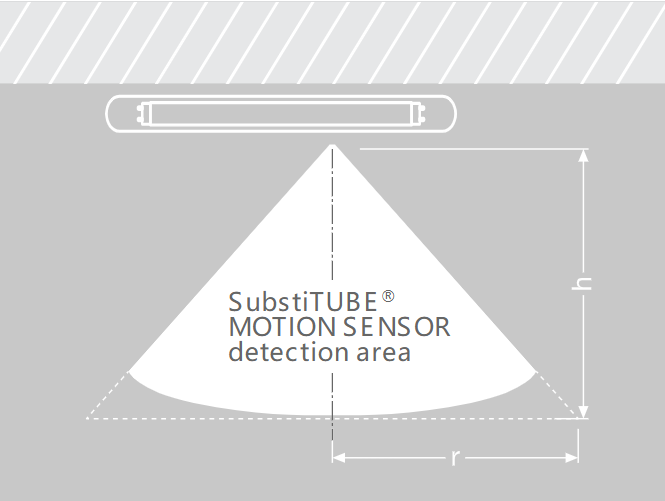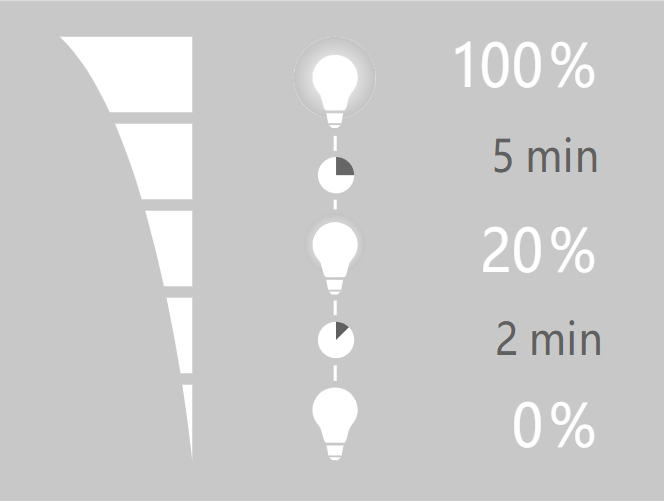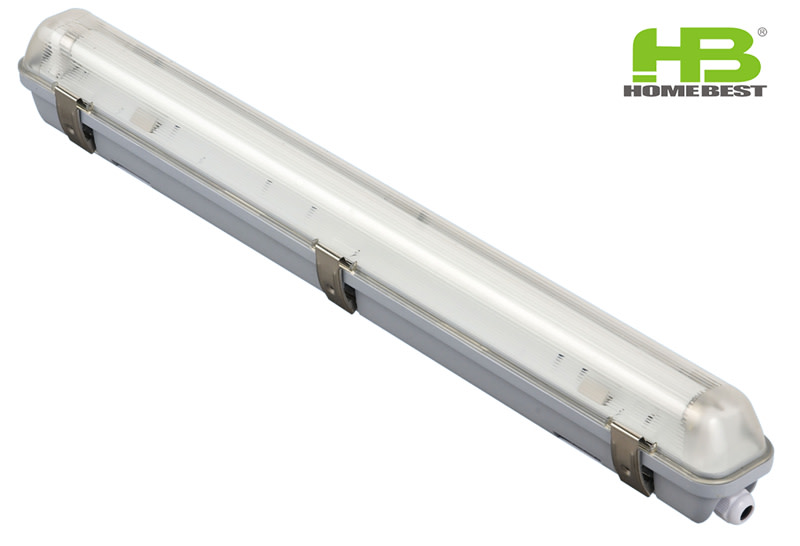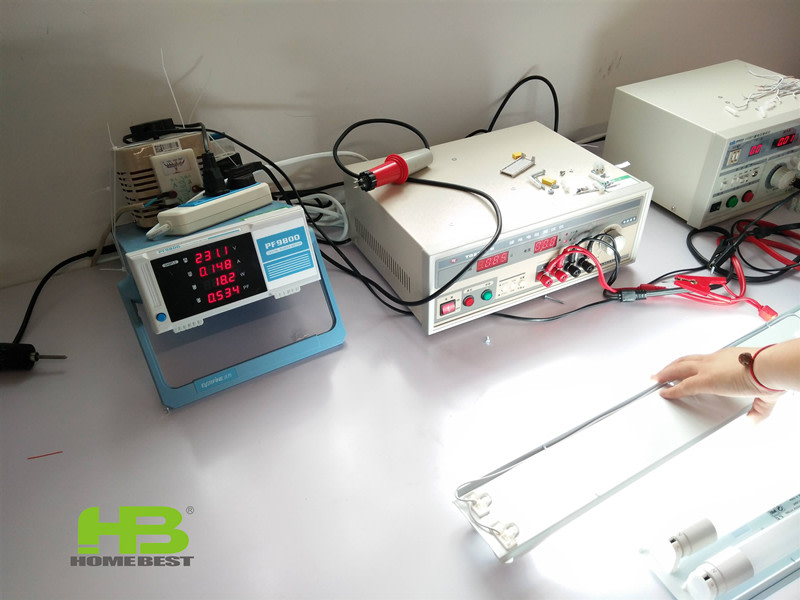The microwave sensor tube can change the brightness through radar microwave induction. It accurately detects moving objects and automatically doubles the brightness of the fluorescent lamp when people or cars enter the sensing range. When people and vehicles leave it automatically goes out or returns to dim lighting. Due to the characteristics of microwave sensor tubes, they are widely used as indoor and outdoor lighting in underground car parks, corridors, hallways, public washrooms, lift rooms, etc.

Sensor brightness
When purchasing microwave sensor tubes, there are 3 main types of sensor brightness to choose from.
1. Not normally bright, fully bright after sensor
2. Normally slightly bright, fully bright after induction
3. Normally not bright, full bright after induction. If no one or no car sensors, automatically switch to slightly bright, again no one or no car induction, become not bright.

Microwave sensor tubes compared with sound and infrared induction tubes
LED sensor tubes can be divided into three main categories according to the induction method: acoustic, infrared and microwave induction. Next, we look in detail at the advantages and disadvantages of the three induction methods.
1. Sound-controlled induction lamps
Sound-controlled induction lamps detect the surrounding environment through the induction probe, which needs to create a certain amount of sound and affect the rest of the nearby residents, and is susceptible to interference from external sound, and has a short service life. And the induction head to be exposed outside, to a certain extent, affect the aesthetic.
2. Infrared induction lamps
Infrared probe needs to be kept clean. the product induction probe must be exposed and cannot be installed concealed, affecting the appearance of the lamps and lighting effects.
(1)Low sensitivity, influenced by the environment, and narrow emission angle induction range is small.
(2) The sensitivity of the internal pyroelectric probe decreases year by year, making the induction distance shorten year by year.
(3) poor stability, relying on human body temperature and environmental temperature difference and movement to achieve detection, so the environmental requirements are high
(4) summer high temperature environment induction range shortened exponentially.
3. Microwave induction lamp
Microwave induction overcomes the defects of the above two induction methods, and high sensitivity, wide control range (360 degrees of the full range of no dead space), strong resistance to dry radio interference.
(1) Microwave modules are built into the lamp, which does not affect the aesthetic appearance of the lamp, nor does it affect the light distribution of the lamp.
(2) Not affected by temperature, noise, humidity, dust, etc., suitable for various environments, high stability.
(3) long service life, high sensitivity and no change with age.
Through the above comparison we can find that the advantages of microwave induction lamps are greater and are a good choice when purchasing.
How to choose a good sensor tube
A good microwave induction LED lamp should consist of five parts: a high-quality LED chip, a low voltage constant current isolated power supply, a suitable heat sinks relative to the power of the lamp, a lampshade and radar induction sensitivity.
1. Heat sink aluminum tube.
Generally, now the conventional three-year warranty aluminum tube wall thickness in the 0.5-0.8mm range, oval space, heat dissipation effect is relatively good a little. Aluminum material is also very critical, some are pure aluminum heat dissipation, thermal conductivity is very high, up to 1.2. while poor aluminum tube quality contains a lot of impurities, the heat dissipation effect is relatively poor, the coefficient is only 0.7.
2. Power supply.
Can the lamp driver withstand high temperatures and high humidity, whether it can pass the high-voltage safety regulations (UL), whether it has passed the electromagnetic compatibility (EMC/EMI), are also some hard indicators, but also determine the true life of the LED energy-saving lamps. Power performance may also become the shortcomings of the radar induction LED lamps.
3. Induction sensitivity.
Some microwave induction lamps induction sensitivity is not enough, people can sense only when they are almost walking near the lamp. General induction lamps, induction distance of about 5m-8m.
For more information on how to source cost-effective LED lamps, please refer to our previous articles: How to Choose Cost-effective LED Tubes?
Couple with the weatherproof fixture
Homebest has introduced a new combination for the microwave sensor lamp, i.e., tri-proof lamp housing + microwave sensor lamp.
The triple protection lamp housing is available with ABS or PC base, PC or PS cover, PC buckle or stainless-steel buckle, length 2FT or 4FT.
With the housing, the light emitted is softer and the lamp is further protected from dust, water vapour, etc., extending the lamp's service life.


We are sure you have a good understanding of the microwave induction lamp through the above introduction. If you have any questions or want to know more information, please feel free to contact us directly or visit our website: www.hbsocket.com.